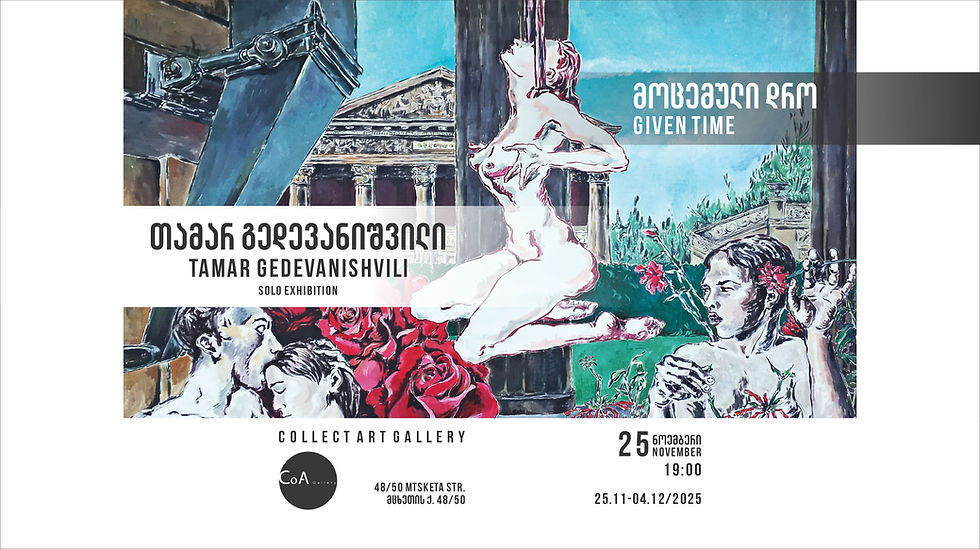Liu Bingge/ Landscapes
- Tamar Khelashvili
- Aug 14
- 2 min read
Liu Bingge is a London-based artist working across sculpture and painting. Rooted in her early training in traditional Chinese painting, her practice explores the intersections of cultural memory, industrial materiality, and gendered labor. She is currently completing her MA in Sculpture at the Royal College of Art, graduating in September 2025.
During her undergraduate studies, Bingge began investigating the visual resonance between the mineral blue-greens of shanshui (landscape painting) and the nylon mesh used in construction scaffolding across urban China. This formal and conceptual convergence catalyzed her ongoing exploration of the aesthetic and symbolic affinities between traditional visual culture and the materials of modernization.

Raised amid the rapid urbanization of Chinese cities, Bingge witnessed both the emergence of new architectural forms and the marginalization of female laborers within industrial and construction settings. These formative experiences continue to inform her sculptural language, which foregrounds the often-overlooked presence of women in built environments.
Her works incorporate rust-stained workwear, metal wire lines, and green construction mesh sewn into bamboo-like forms. These materials hang, drape, and intersect, suggesting the erased presence of female labor and the ghostly memory of bodies within architectural and infrastructural spaces. Recent works experiment with how natural forces—wind, light, air—can animate these structures, opening her practice toward outdoor and site-responsive possibilities.
Alongside her sculptural work, Bingge has recently returned to landscape painting as a parallel inquiry. In these new works, she draws from memory and lived experience to reimagine mountainous and urban terrains, tracing how bodies, time, and space blur within environments of transition and dislocation. Painting has become a space for her to reflect on slowness, resistance, and personal continuity, offering a counterpoint to the physical labor and material tension of her sculptural installations.




Comments